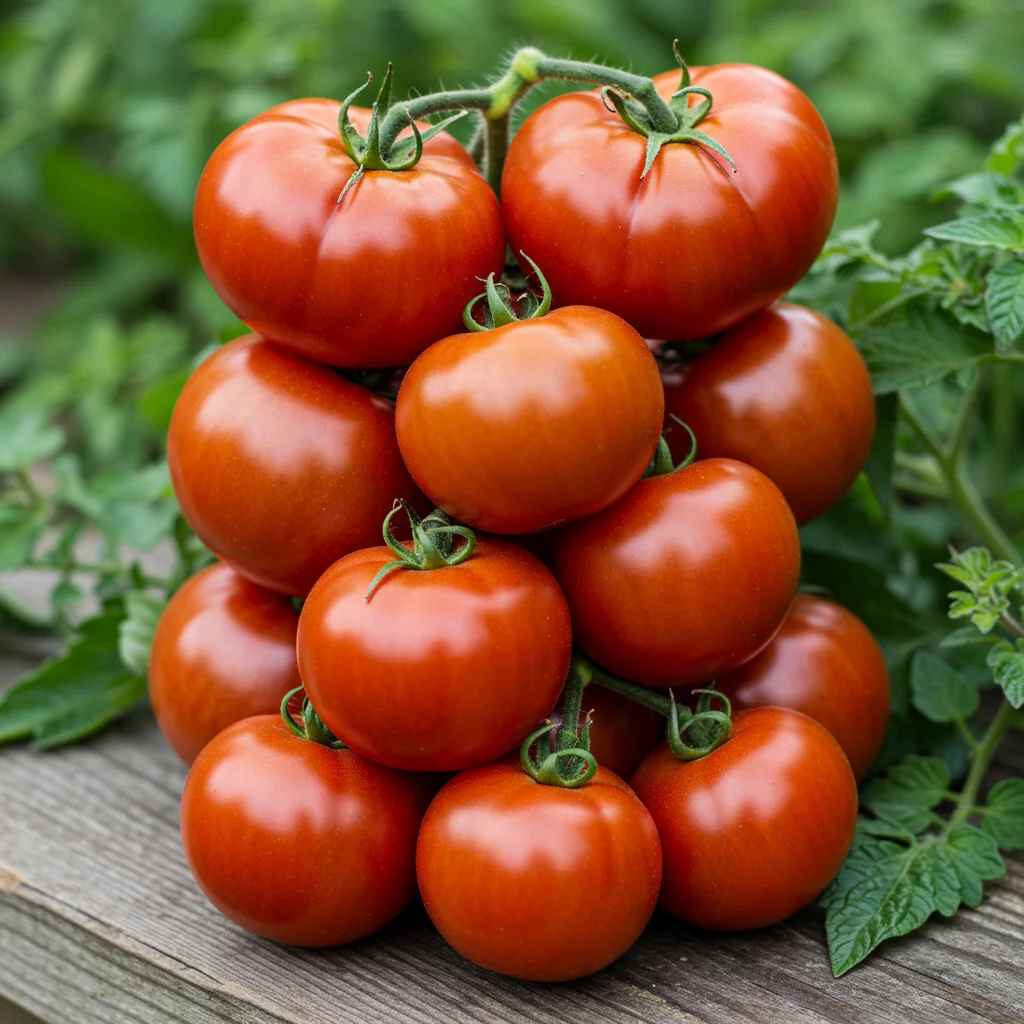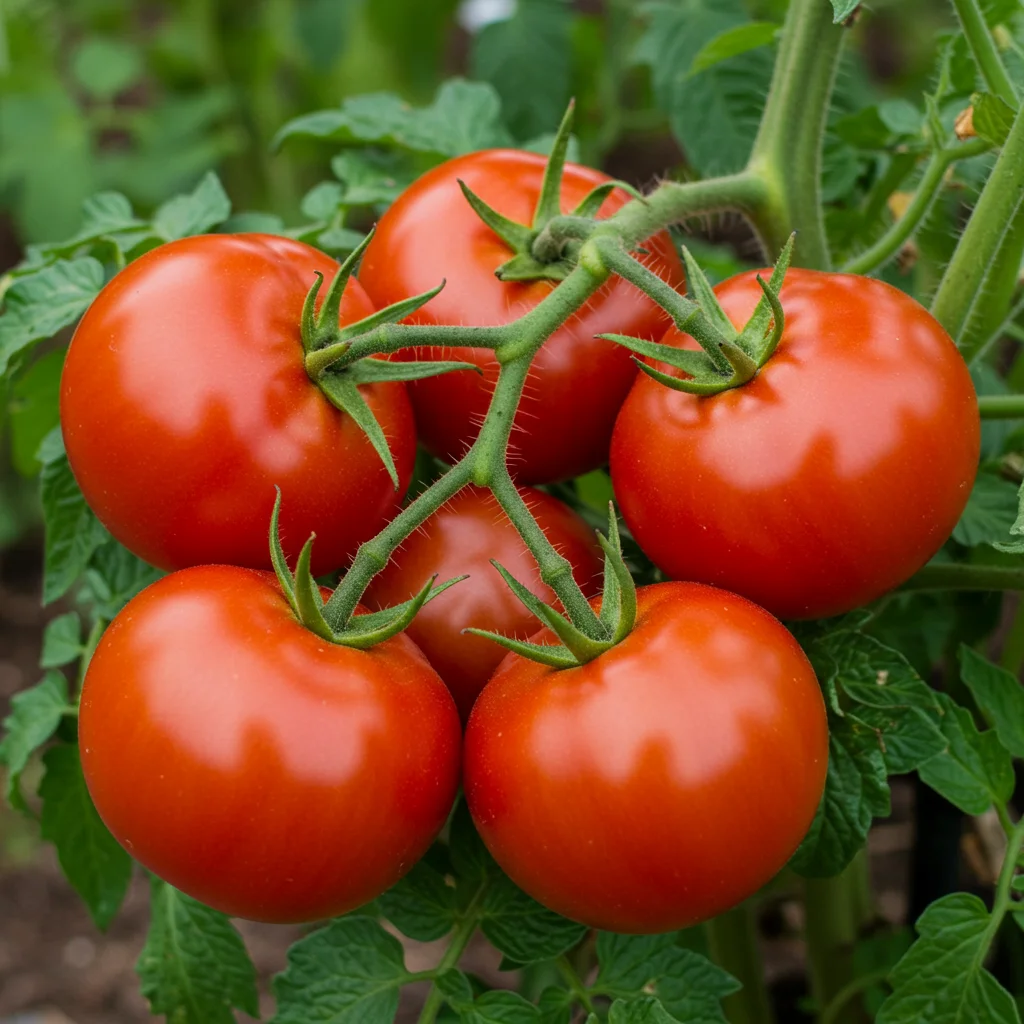Knowing the best time to plant tomatoes in Texas is crucial for a successful harvest. This guide covers everything you need to know, from understanding Texas’s unique climate zones to choosing the right tomato varieties and tackling common planting challenges.

Introduction: Sowing the Seeds of Success with Texas Tomatoes
Texas, with its diverse climate, presents both opportunities and challenges for tomato gardeners. From the scorching summers of West Texas to the milder, humid Gulf Coast, planting times vary significantly. Understanding your specific region and choosing the right time to plant are the first steps toward a bountiful tomato harvest. This guide will help you navigate the nuances of Texas gardening and achieve tomato-growing triumph.
Understanding Texas Climate Zones and Their Impact on Tomato Planting
Texas spans several USDA Plant Hardiness Zones, ranging from 6a in the Panhandle to 9b along the lower Rio Grande Valley. These zones are based on average minimum winter temperatures and serve as a guide for determining which plants are most likely to thrive in a given location. For tomatoes, heat is as important a consideration as cold. Texas summers can be intense, and excessive heat can hinder tomato production.
- North Texas (Zones 7a-8a): The best time to plant tomatoes in North Texas is typically after the last frost, usually in late March or early April for spring planting, and again in late July or early August for a fall harvest.
- Central Texas (Zones 8a-8b): Central Texas gardeners can often plant tomatoes a little earlier, starting in late February or early March for spring planting and late July for fall.
- South Texas (Zones 8b-9b): South Texas enjoys a longer growing season. Spring planting can begin as early as late January or February, with a fall planting in September or October.
- West Texas (Zones 6a-7b): West Texas presents unique challenges with its dry climate and temperature fluctuations. Planting after the last frost, typically in April or May, is recommended. Consider using shade cloth during the hottest part of the day.
Choosing the Right Tomato Varieties for Texas
Selecting the right tomato variety is essential for maximizing your harvest. Some varieties are better suited to the Texas heat than others.
- Heat-Tolerant Varieties: Heat-tolerant varieties like Solar Fire, Heatwave II, and Phoenix are excellent choices for Texas summers. They produce fruit even when temperatures soar.
- Determinate vs. Indeterminate: Determinate tomatoes grow to a certain size and produce fruit all at once. Indeterminate varieties continue growing and producing fruit throughout the season. Choose the type that best suits your needs and space.
- Early-Season Varieties: Early-season varieties like Early Girl and Stupice ripen quickly, allowing for a harvest before the hottest part of the summer arrives. These are good choices for North and West Texas.
Planting and Care Tips for Texas Tomatoes
- Soil Preparation: Tomatoes thrive in well-drained, fertile soil. Amend heavy clay soil with compost or other organic matter to improve drainage.
- Sunlight: Tomatoes need at least 6-8 hours of direct sunlight per day. Choose a sunny location in your garden.
- Watering: Consistent watering is crucial, especially during the hot summer months. Water deeply and regularly, but avoid overwatering, which can lead to root rot.
- Fertilizing: Tomatoes are heavy feeders. Use a balanced fertilizer throughout the growing season.
- Pest and Disease Control: Be vigilant about monitoring for pests and diseases. Common tomato pests in Texas include tomato hornworms, aphids, and whiteflies.
Dealing with Common Tomato Growing Problems in Texas This blog post can help you troubleshoot issues like blossom-end rot, sunscald and early blight.
Choosing the Right Tomato Fertilizer Selecting the right fertilizer is crucial for a bountiful harvest. Learn about different fertilizer options.
FAQs: Answering Your Tomato Planting Questions
Q: Can I plant tomatoes in containers in Texas?
A: Absolutely! Container gardening is an excellent option, especially if you have limited space. Choose a large pot (at least 5 gallons) and use a high-quality potting mix.
Q: When should I start tomato seeds indoors in Texas?
A: Start seeds indoors 6-8 weeks before the last expected frost in your area. This allows the seedlings to develop a strong root system before transplanting.
Q: How do I protect my tomato plants from the Texas heat?
A: Using shade cloth during the hottest part of the day can help prevent sunscald and heat stress. Mulching around the base of the plants can also help retain moisture and regulate soil temperature.
Q: What are some good companion plants for tomatoes in Texas?
A: Basil, marigolds, and onions are beneficial companion plants for tomatoes. They can help deter pests and improve soil health.
Learn more about companion planting here
Conclusion: Reaping the Rewards of Your Tomato-Growing Efforts
Growing tomatoes in Texas requires careful planning and attention to detail. By understanding your specific climate zone, choosing the right varieties, and following proper planting and care techniques, you can enjoy a bountiful harvest of delicious, homegrown tomatoes. From the first juicy bite of a ripe tomato sandwich to the rich flavors of homemade salsa, the rewards of your efforts are well worth the time and care you invest. Happy gardening!

